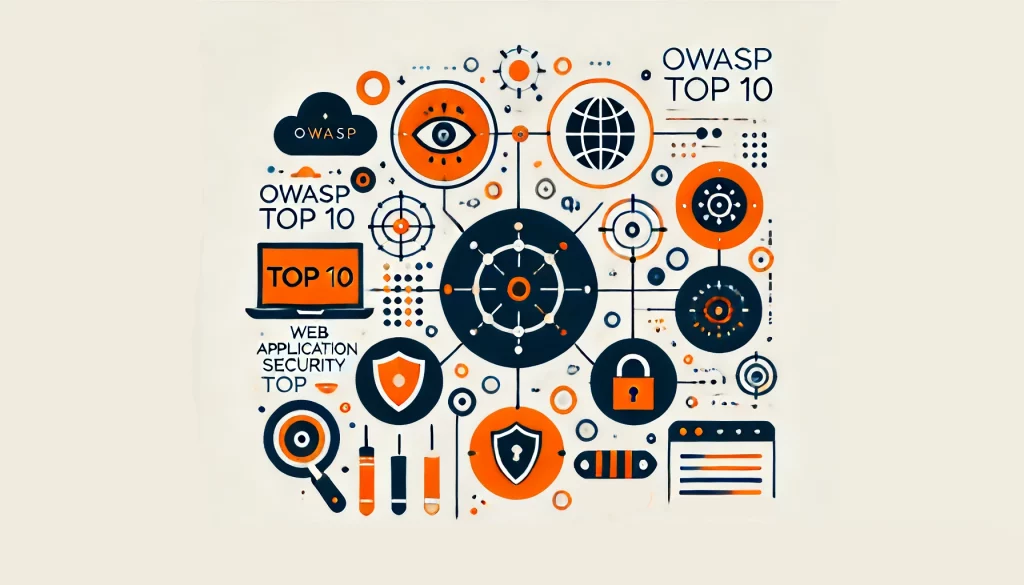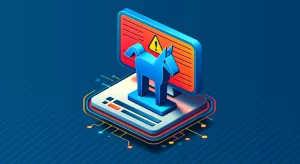
Building Secure Applications with the OWASP Top 10

What is OWASP?
OWASP(Open Web Application Security Project) is a non-profit organization that works to make software security better around the world. The founders established OWASP in 2001. Today over 32,000 security experts volunteer for OWASP across the globe. OWASP publishes many web security resources, but the OWASP Top 10 is its most well-known project. Published every few years, the OWASP Top 10 raises awareness about the most critical security risks to web applications.
Let’s examine the OWASP and why it’s important for all organizations creating and using web apps.
Why is the OWASP Top 10 Important?
The OWASP Top 10 ranks the most serious web application security risks. OWASP bases the list on the collective wisdom of a global community of security experts.
The Top 10 considers several factors to prioritize each risk:
- How easy it is to exploit the vulnerability
- How widespread the vulnerability is
- Exploiting the vulnerability has technical and business impacts.
The goal is to help security professionals and developers understand the most pressing risks. This allows organizations to prioritize their security efforts.
Many organizations treat the OWASP Top 10 as a de facto application security standard. They use it as a checklist to assess their security practices. Auditors also look at OWASP Top 10 compliance as an indicator of whether the organization follows security best practices.
Adding the OWASP to the software development process can help lower security risks. It helps catch and fix vulnerabilities early.
The OWASP Top 10 for 2021
OWASP updates the Top 10 every few years to keep up with the evolving threat landscape. Here are the OWASP Top 10 for 2021, in order of importance:
- Broken Access Control
- Cryptographic Failures
- Injection
- Insecure Design
- Security Misconfiguration
- Vulnerable and Outdated Components
- Identification and Authentication Failures
- Software and Data Integrity Failures
- Security Logging and Monitoring Failures
- Server-Side Request Forgery
We added three new categories in 2021: Insecure Design, Software and Data Integrity Failures, and Server-Side Request Forgery. The attacker used XXE and XSS together with other risks, merging them into one category.
Understanding each OWASP risk is key for building more secure applications.
Example: Broken Access Control
Imagine a banking application with a flaw in its access controls. The issue allows anyone to view someone else’s account details and transaction history by altering the website address.
This is an example of broken access control – the #1 risk in the OWASP Top 10 for 2021. Broken access control means users can act outside their intended permissions. Regular users might access admin functionality, or admins might access other user accounts.
To prevent broken access control:
- Deny access by default and only allow authorized access
- Enforce access control checks on the server-side
- Disable web server directory listing
- Log access control failures and alert admins
- Rate limit API calls to mitigate automated attacks
Broken access control is prevalent and can have severe impacts. OWASP found access control weaknesses in 94% of applications. Many developers often poorly implement access control in custom code. Using a well-vetted framework can reduce the risk.
Mastering the OWASP Top 10
We’ve looked at the importance of the OWASP Top 10 and examined one risk area in depth. To build truly secure applications, it’s critical to understand and mitigate all the OWASP risks.
OWASP provides detailed guidance for each risk area. This involves explaining risks, giving examples, showing how to prevent vulnerabilities, and providing additional resources for more information. Security teams and developers should study this guidance carefully.
Including the OWASP in the SDLC is the best way to enhance app security. Leverage the OWASP Top 10 in threat modeling, code reviews, security testing, and developer training. Catching and fixing OWASP risks will help protect your organization and your customers.
The OWASP Top 10 provides guidance on minimizing the most critical risks in applications. However, it is important to note that no application can be entirely secure. Make it a core part of your application security program. Your organization will be able to build and deploy applications with greater speed and confidence.
